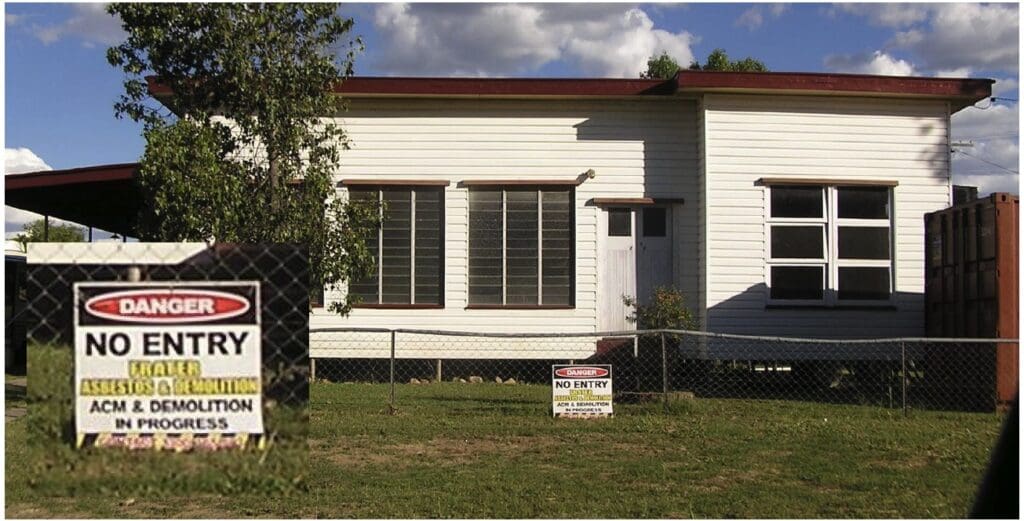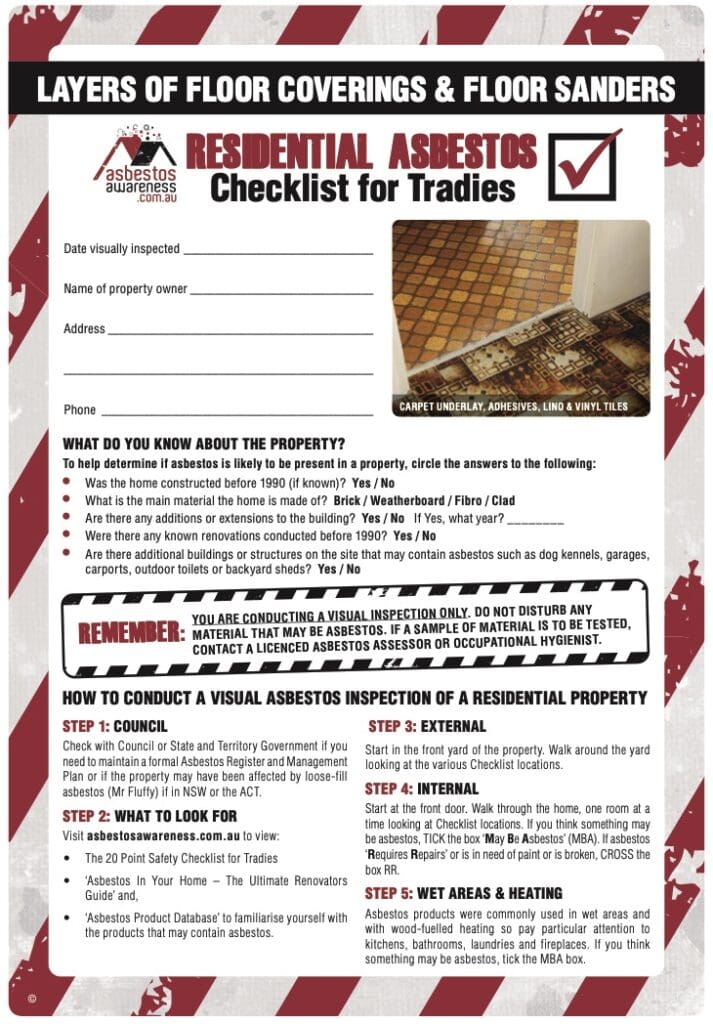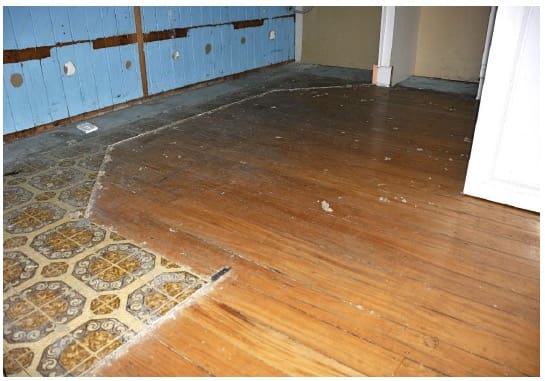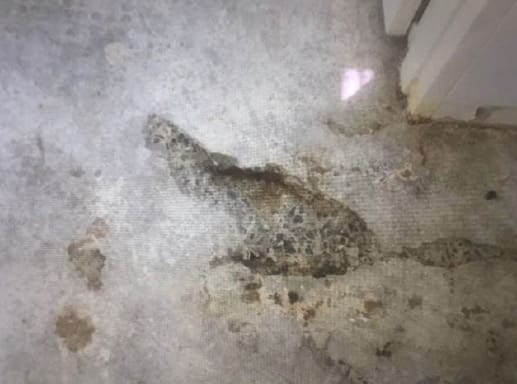
Appearance characteristics of engineered floors
One of the main attributes of engineered flooring is that it has a face veneer or lamella of solid timber that is bonded onto a more stable base layer, thereby increasing the product’s in-service stability. Every board in an engineered floor is different.







